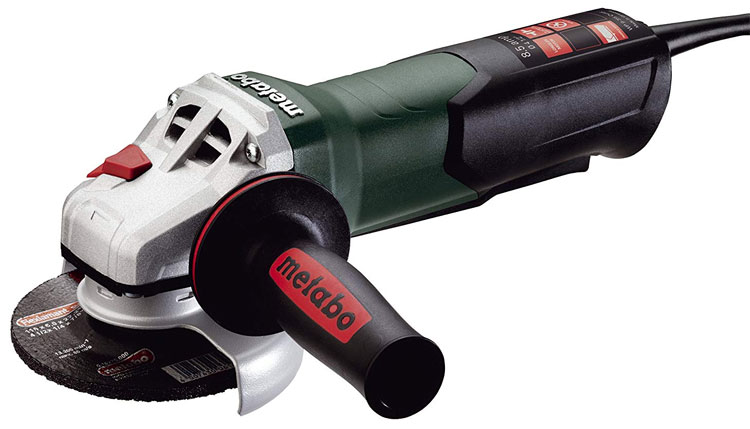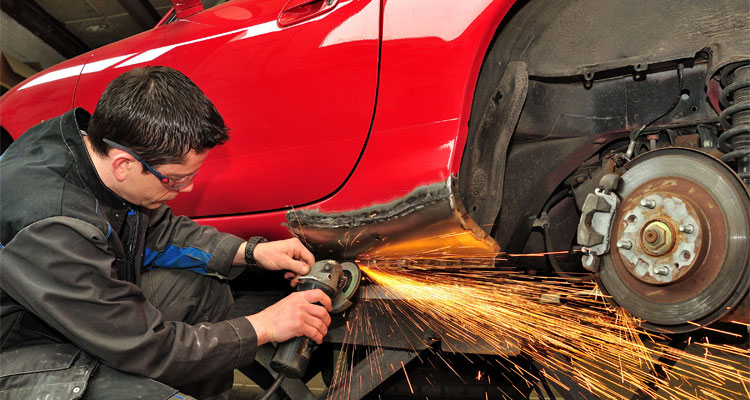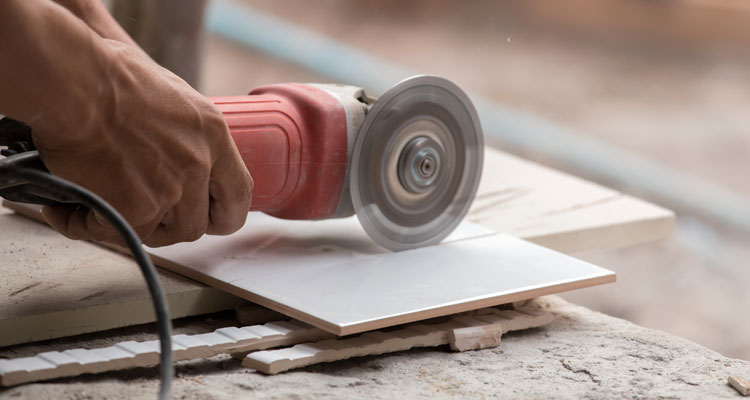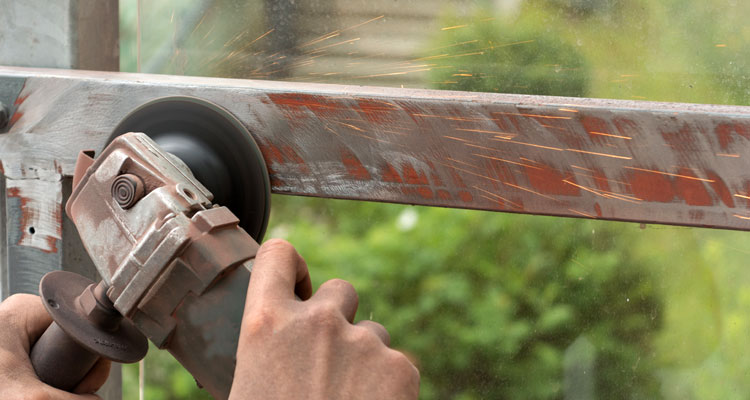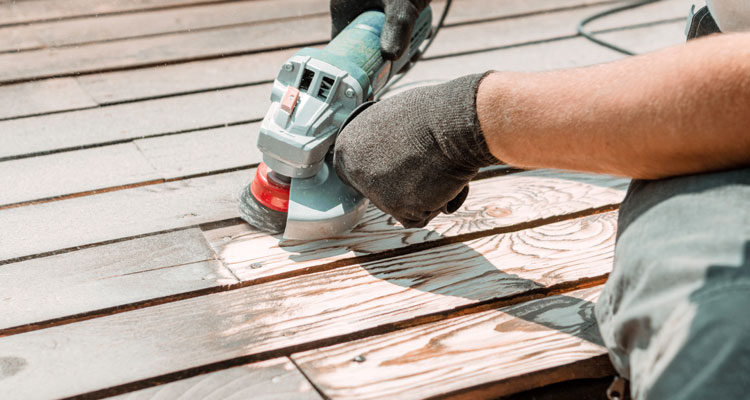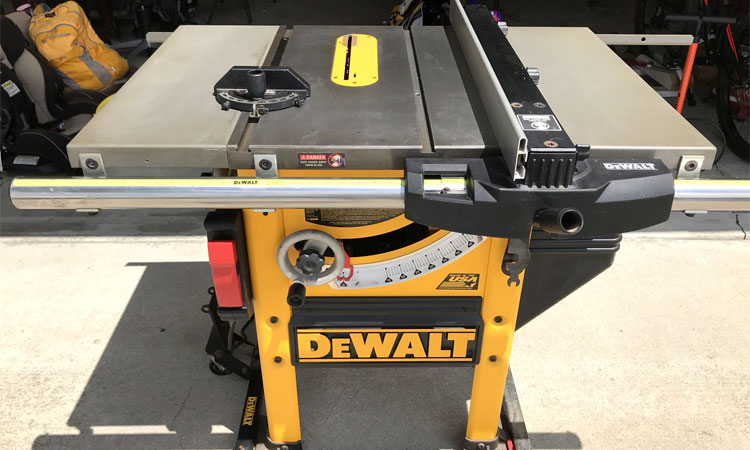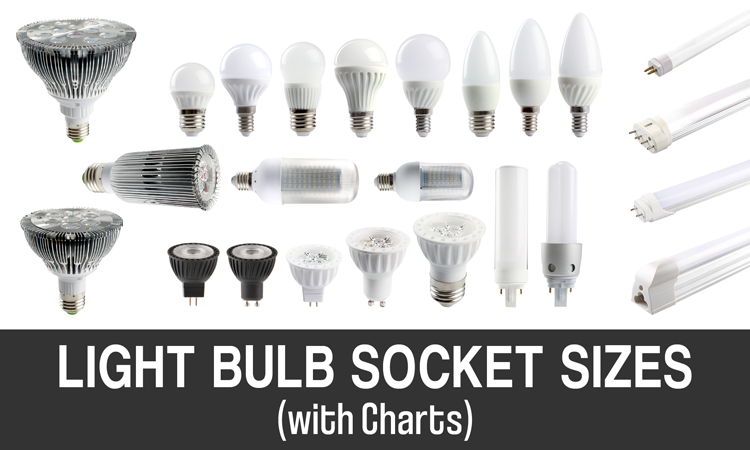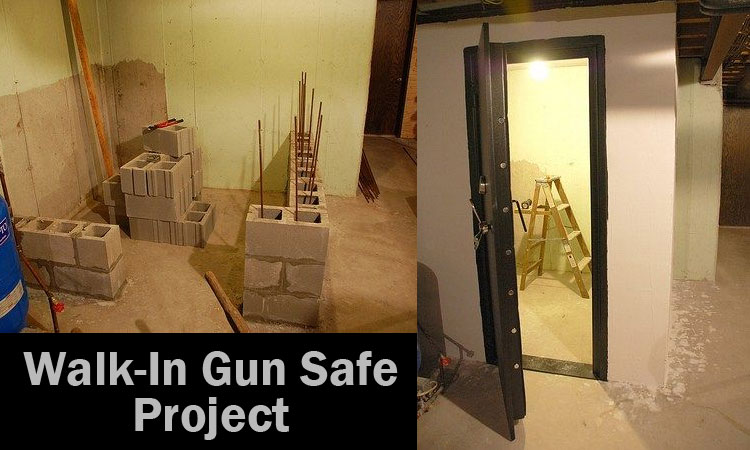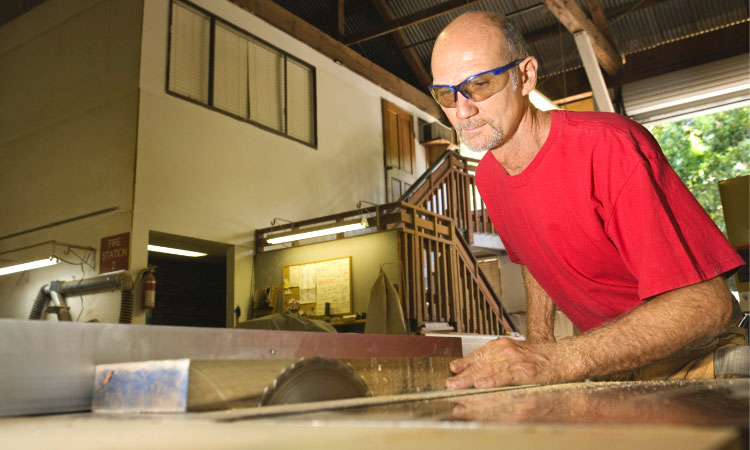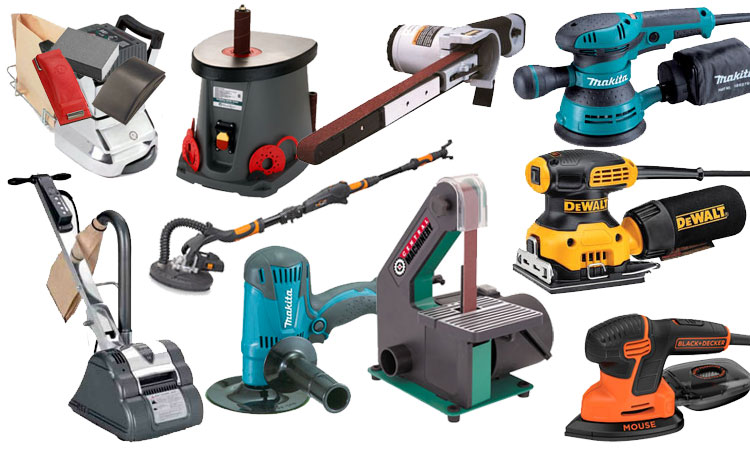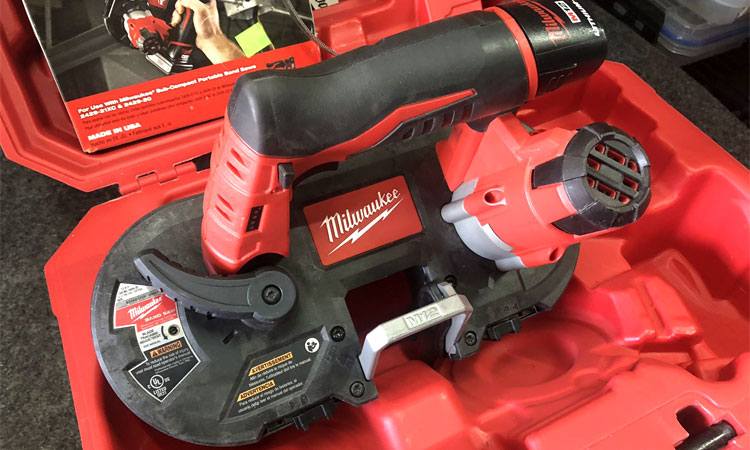12 Angle Grinder Uses (for DIY and Commercial Applications)
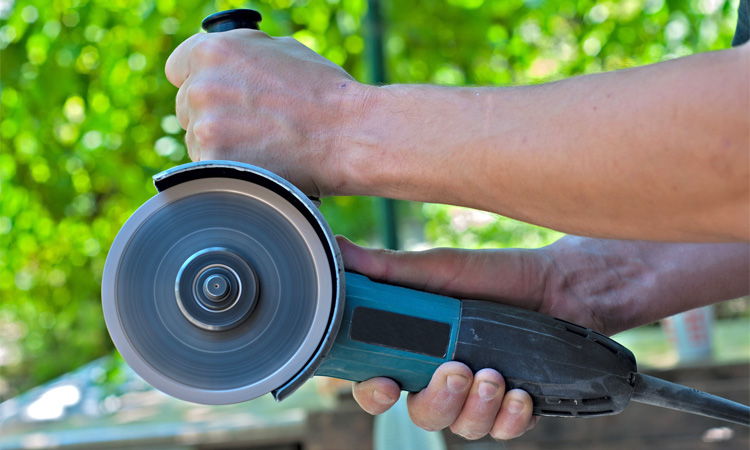
There are a lot of underappreciated tools out there, from Japanese hand saws to random orbit sanders. However, one of the most versatile tools out there you’ve likely overlooked is the angle grinder.
There are probably over 100 different angle grinder uses but below we list the 12 most common tasks that are in this tool’s wheelhouse.
With its wide range of attachments and ability to replace many of your current tools, it’s truly the Big Boy of any workshop. Once you find the best angle grinder for your needs, you might even find yourself calling it your “angel grinder”!
What is an Angle Grinder?
This power tool comes in a variety of shapes and sizes, all of which perform the same three basic functions: cutting, grinding, and polishing.
These are achieved with a wide range of attachments, making the angle grinder similar to a Dremel tool in terms of adaptability (however, Dremel traditionally makes rotary saws).
You can find models powered by compressed air, electric (corded and cordless), or even gas. The range of angle grinder discs, cups, and blades make them perfect for many forms of construction and repair.
Cutting
Angle grinders run at a very high speed, making them loud and (if you’re not respectful of their power) dangerous. This speed and power allows them to cleave through all sorts of materials, outshining many of your cherished saws and putting them to pasture.
Grinding
It wouldn’t be called a grinder if it couldn’t grind, and oh boy, does it grind! It can easily clear up bad weld jobs, smooth jagged cuts, and remove all sorts of excess material including rust. The fact that this tool is handheld gives it a further advantage over stationary grinders.
Polishing
With the right attachments, you can take a scratched up, dulled out piece of metal and make it so smooth and shiny you can shave in it. Unlike hand polishing, a gentle touch with an angle grinder can produce the desired results in minutes.
Best of all, this works on all sorts of materials, from wood to metal to stone and back.
Angle Grinder Uses
So just what can you do with an angle grinder anyway? These tools may be designed to perform three basic tasks, but they perform them so well that their functionality has made them nearly indispensable.
Here are just some of the ways they’ve taken over various industries, professionally or on the homefront.
SAFETY FIRST: When using an angle grinder, always wear protective gear (goggles and face mask especially) and make sure the object is secure (via a bench vise or other means) before cutting to avoid dangerous slips.
Auto Body Work
#1 – Removing Paint
The best auto body shops probably won’t tell you that your nice new paint job owes it all to an angle grinder and wire cup. This combo is perfect for large, flat surfaces and can remove the old paint without damaging the metal underneath. The “auto artist” will then polish up the metal before any painting can begin.
#2 – Rust Removal
Wire wheels and brushes also excel at removing rust. These make for a great choice when there’s only a layer of rust and you wish to preserve the healthy metal underneath.
They can also make easy work of totally eroded sections, cleaning out all of the oxidized metal so you can get a nice, clean surface for the repair work.
Masonry
#3 – Cutting Ceramic Tile
The versatile angle cutter makes quick work of tiles, leaving a crisp, even edge. Simply grab a dry-cut diamond wheel and score about 1/8 inch deep. It works similar to a wet tile saw but requires more precision.
Related: Best Manual Tile Cutters
#4 – Removing Old Mortar
Armed with a diamond tuckpointing wheel, you can easily replace that old chisel set and clean out between bricks without chipping them. This is a very dusty job, but also quite satisfying.
Two or three 1/2 inch deep passes are generally enough to clear a joint. Just make sure to give the bricks about 1/8 inch clearance to avoid the risk of damage.
#5 – Stone Cutting
A good angle grinder can cut through stone with only minor patience, creating nice, smooth cuts every time. Smaller grinders have extra mobility, making bevels and other small cuts a snap. Note that you will need a dry-cut diamond blade for this task.
Metalworking
#6 – Cleaning Metal
Have a dirty shovel or tool that’s beyond a simple wipe-down? Fear not, for the handy-dandy wire cup and its little buddy, the wire wheel, are here to help!
Set the grinder so the wire spins away from the edge of your dirty tool to avoid catches and kickback, then go to town and see the difference.
These wire tools can clear dirt, rust, chipped paint, and even cement fragments from your tools. Use the cup for big, flat surfaces and the wheel for getting into those hard-to-reach crevasses and smaller surfaces.
#7 – Cutting Metal
Falling into that “intended use” category, the angled grinder can use a metal cut-off blade or metal cutting wheel attachment to slice through iron rebar in seconds.
The grinder is compatible with all metals, but works especially well on harder metals compared to conventional tools.
See Also: Can You Cut Metal With a Miter Saw?
#8 – Polishing Metal
There’s nothing more dull than a metal surface with no shine. Beginning with a sanding disc to remove any scratches, you can use polishing discs or buffing pads to create that perfect sheen.
We suggest caution when working with coated or plated metals, however, as you could remove that chrome finish with too much pressure or sanding.
#9 – Tool Sharpening
The grinding discs of an angle sander are perfect for sharpening many of your tools and a good alternative to a bench grinder. Be aware, however, this requires skilled control over the grinder. You will want the blade securely held and to have the grinder and guard plate situated to deflect sparks away from you.
Next, set the grinder so it matches the blade angle and the wheel is spinning towards the edge of the blade. Make a pass using gentle pressure from the tip towards the body. Lift the grinder and make another pass in the same direction.
This helps ensure a good edge. You can follow up with a mill saw for even more sharpness if you choose.
Carpentry
#10 – Carving Wood
Using an abrasive carving disc, you can quickly cut swathes of wood pulp with ease. These attachments are perfect for rough shaping wood, but are too powerful for fine cuts. In other words, use this for your kitchen table legs, but not for the kitchen table in your child’s dollhouse.
#11 – Planing Wood
A good wood plane is unparalleled for some tasks, but a carving wheel can handle a much wider range of planing tasks. Much like an abrasive carving disc, the carving wheel has a toothed surface.
Unlike the disc, however, the teeth on these wheels more closely resembles a chainsaw’s edge. Just be careful not to apply too much force and switch to sanding when you get close to the desired thickness so you don’t remove too much material by accident.
#12 – Sanding Wood
Abrasive flap discs are essentially turbo-powered sanding surfaces that can smooth out rough wood in a heartbeat. The discs come in a wide range of grit, allowing for removal of surface blemishes or a baby-s bottom smooth finish.
The end results are indistinguishable from hand sanding, save for all those extra hours you now have to play with.
Related: Different Types of Sandpaper Grit

